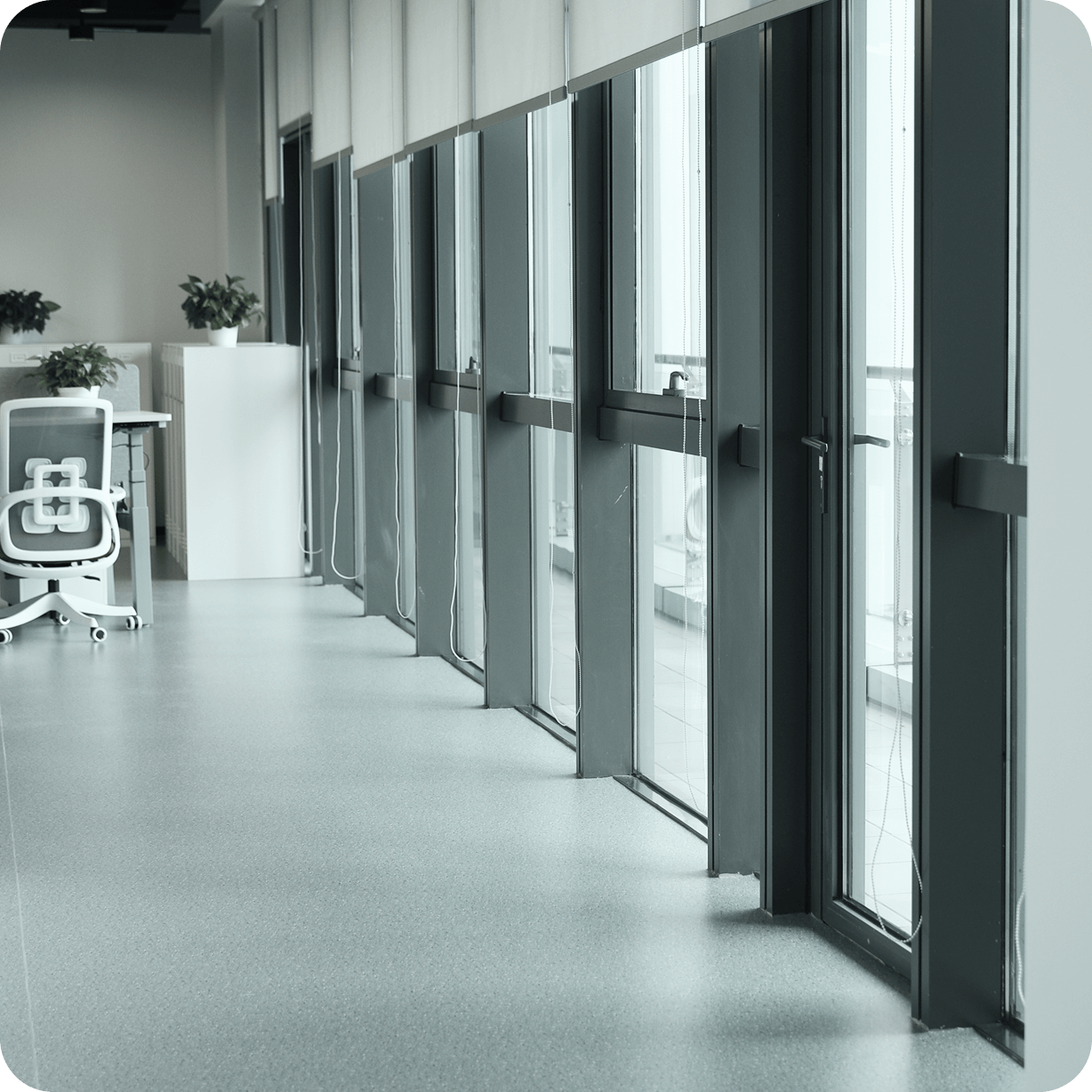——Design System & Components Decision Framework: From Problem to Impact in 90 Days

Why a decision framework (and why now)
The fastest way to lose time is to debate UI changes without a shared structure. Teams bounce between opinions, create near-duplicate components, and land features that are hard to migrate next quarter. A lightweight, auditable framework keeps decisions about Design System & Components predictable and fast. It combines a standard input brief, a small set of option patterns, an explicit trade-off model, a scoring rubric, and a short list of outcome metrics. Run it the same way for every proposal—component, variant, token change, or pattern—and decisions become evidence-based rather than anecdotal.
If you’re working with a design system agency, ask them to adopt this exact process and to leave behind templates you can run internally. Formats borrowed from Design System Agency for B2B SaaS: A Practical Guide map neatly to what follows.
1. Inputs → the two-page decision brief
Purpose: establish a shared fact set before anyone proposes code.
Page 1 — Context and goal
- Flow & outcome: e.g., “Checkout form completion +6%,” “Table export failure −40%.”
- Scope: surfaces and locales affected; mobile/desktop assumptions.
- Owner & stakeholders: single DRI; collaborating teams.
- Constraints: brand, security/PII, localization, regulatory.
Page 2 — Baselines
- Adoption: which repos already use Design System & Components for this surface; clones to retire.
- A11y: AA/AAA status, known screen-reader issues, keyboard traps, focus restoration.
- Performance: route budgets, LCP target, interaction latency for key actions.
- Defects & support: top failure codes, ticket themes, rage-click heatmaps.
- Analytics: current events and properties; gaps in taxonomy.
Attach links to tokens, Storybook stories, example code, and any existing deprecations. Keep the brief short on purpose—decisions are made in minutes because the inputs are stable and complete.
2. Options → the four credible paths
Every proposal should choose from these patterns. They are deliberately constrained to keep Design System & Components coherent over time.
- Reuse + pattern guidance Adopt an existing component unchanged; document composition (tokens, microcopy, states). Use when behavior already exists and the problem is IA or copy.
- Variant with guardrails Add a small prop surface to expose a new visual tone or constrained behavior. Require token coverage, a11y notes, example usage, and visual tests.
- New component with adoption plan Justify with flows that recur across multiple products; ship with migration guides and codemods. Pre-commit to a deprecation schedule for any clones it replaces.
- No component change; fix the flow Improve information architecture, microcopy, progressive disclosure, or analytics feedback loops. Use when prototypes show that UI behavior is fine and the friction is elsewhere.
Bias toward (1) and (2). Choose (3) only when reuse or variant clearly fails a concrete scenario supported by data. Choose (4) more often than you think.
3. Trade-offs → score the real costs
For each option, write down the costs you’ll willingly pay this quarter:
- Accessibility fidelity: keyboard, roles, labeling, semantics on tables/forms/dialogs.
- Performance footprint: bundle delta, critical-path CSS, client work moved to workers, image strategy.
- Design coherence: token parity across themes, dark-mode safety, density modes for data screens.
- Maintenance risk: variant creep, prop explosion, migration difficulty, deprecation churn.
- Adoption cost: codemods, documentation, training, and “blast radius” across repos.
Keep the language specific. “Adds ~7kB gzip to the table route” is a decision; “feels heavier” is not.

4. Rubric → a one-page, auditable scorecard
Give every option a 1–5 score across six dimensions, then weight them to match the quarter’s OKRs.
| Dimension | 1 | 2 | 3 |
|---|---|---|---|
| Business impact | Cosmetic only | Minor lift in a local flow | Clear lift on a critical flow |
| Adoption cost | High; ≥4 teams change | Moderate; 1–3 teams | Low; drop-in change |
| A11y fidelity | New risks | Neutral | Measurably safer |
| Performance | +10kB or slower INP | Neutral | Leaner or faster |
| Design coherence | Adds drift | Neutral | Converges tokens/variants |
| Maintenance | New edge cases | Manageable | Simplifies long-term care |
Weights example: impact ×3, adoption ×2, a11y ×2, performance ×2, coherence ×1, maintenance ×2.
Pick the top total. Record the reasoning and specific conditions that would trigger a revisit.
A partner from a design system agency should use the same rubric and attach the filled sheet to the PR or RFC.
5. Decision → make it visible in one meeting
- Confirm the brief is complete.
- Walk options in order (reuse → variant → new component → no change).
- Score live; time-box discussion to 20–30 minutes.
- Decide and assign owners for implementation, docs, analytics, and deprecations.
- Schedule ship checks (a11y, performance, analytics) before merge.
The decision artifact is a single page stored next to the code so new teammates can reconstruct “why” in seconds.

Implementation templates you can copy
1) Component request form (short)
- Flow & goal:
- Required behaviors:
- Unacceptable regressions:
- Accessibility needs: (roles, keyboard, announcements)
- Performance boundaries: (budget delta, interaction target)
- Localization & copy: (labels, error text)
- Analytics events: (names, properties, identities)
- Legacy migration: (what to replace, codemod yes/no)
2) Variant policy
- Allowed props and values; defaults; when not to use the variant.
- Token pairing tables for light/dark and density modes.
- Screenshot set enumerating states: default, hover, focus, active, pending, disabled, error.
3) Release checklist
- Stories/docs with live examples and a11y notes.
- Visual tests gated in CI; contrast checks for token pairs.
- Migration guide and codemod (if breaking).
- Analytics validation script (fires once per interaction; no PII).
- Changelog entry with removal dates for deprecated APIs.
Templates like these align closely with Design System Agency for B2B SaaS: A Practical Guide; adapt them to your repo and CI.
Metrics → prove it worked within 90 days
Track both platform and business signals:
- Adoption: repos importing the updated package; surfaces switched from clones.
- Quality: pre-merge visual diff failures; a11y pass rate across new stories.
- Performance: route budgets, LCP, and interaction latency deltas on affected screens.
- Operations: median time from design approval to PR merge; PR to release.
- Business: form completion, export success, time-to-first-value, or drop-off rate—whichever the brief named.
Put the “before” and “after” on a single dashboard. A design system agency should commit to the same outcomes and show progress weekly.
The 90-day path (day-by-day shape)
- Days 0–7: complete the brief; instrument baselines; schedule the decision session.
- Days 8–14: prototype the leading option; run a11y and performance checks; confirm with users or internal SMEs.
- Days 15–30: finalize rubric; decide; write docs; merge first PRs behind a flag.
- Days 31–60: ship to two real surfaces; wire analytics; publish migration notes; enable codemods.
- Days 61–90: measure adoption; close edge cases; deprecate clones; present results to leadership.
Run this cadence every time you touch Design System & Components. The outcome is a system that grows stronger as decisions accumulate.
Pitfalls to watch (and quick fixes)
- Variant soup: consolidate props; prefer composition; document usage with sharp “don’t” examples.
- Hidden toil: automation not owned; fix with a named DRI and budgeted time in each release train.
- Docs lag code: make docs a merge requirement; block PRs that skip stories.
- No analytics: add a helper to emit consistent events; validate in CI.
- Performance drift: enforce budgets per route; fail CI when deltas exceed thresholds.
Governance that scales
Keep the council tiny and decisive. Enforce semver and public deprecations. Treat tokens as a first-class package with snapshots. Track adoption by repository and celebrate teams that remove clones. If a design system agency helps early on, have them work in your repo, write the codemods, and hand off runbooks so your platform team owns the future.







